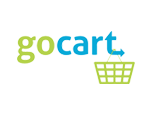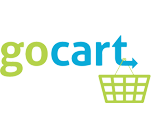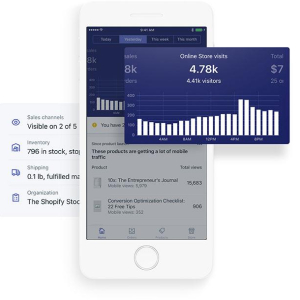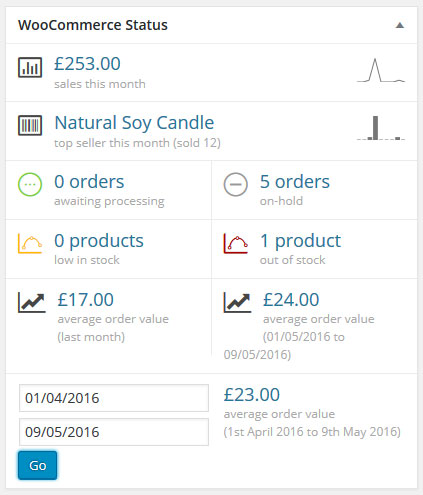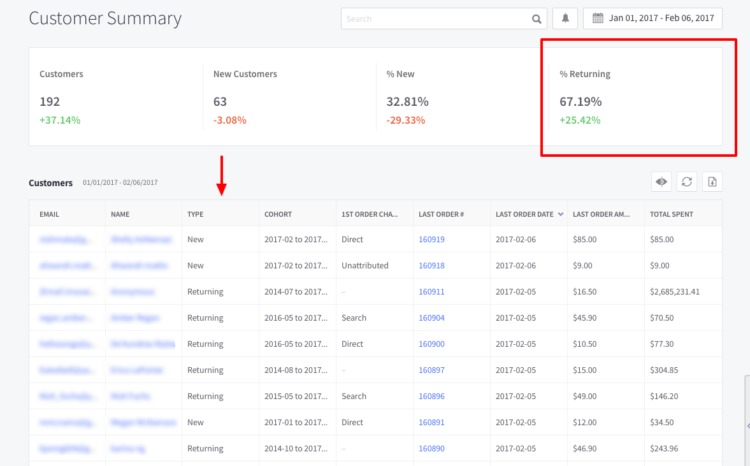What Basic Ecommerce Metrics Should I Focus on First?
Having once run my own online store (business sold, still going strong today) I understand how easily someone can become overwhelmed by the rich amount of data the digital world of ecommerce throws at you. Data collection and analysis is fantastic in that it helps you identify opportunities to grow your business, especially with online stores! However when you first start out, you often find you’re not sure which data will help you get on the front foot. Between the mountain of data and statistics, what are the important ecommerce metrics you should be watching out for?
I thought I should share six very important metrics that I wish I had monitored more closely when I first started out.
Many of the ecommerce platforms Go Cart specialise in, such as Bigcommerce, Shopify and Woocommerce offer out-of-the box reporting and dashboards with flavours of the statistics I’m mentioning below. If your ecommerce store doesn’t have these, you may have to combine data from different sources such as your digital marketing channels, Google Analytics and more. The bottom line is that you should make yourself familiar with these metrics, they will help you heaps… I promise – big smiley face!
1. Traffic (Visitors per Day)
Knowing how many people “walk” through the door (or visit your online store) is very important. Bluntly put; No visitors (IE potential customers), no sales!
By regularly monitoring your website’s visitor numbers and comparing it with the previous day, week, month, quarter and year, you will quickly be able to determine if you need to do something to keep the punters coming. Also watch out for any spikes in numbers. Do the spikes in visitors correlate with your digital marketing campaigns? Check Google Analytics to determine where your main sources of extra traffic are originating. You may sometimes be surprised to discover a new traffic source that works better for you, which in turn will help you market and grow your business.
2. Total Sales (Revenue)
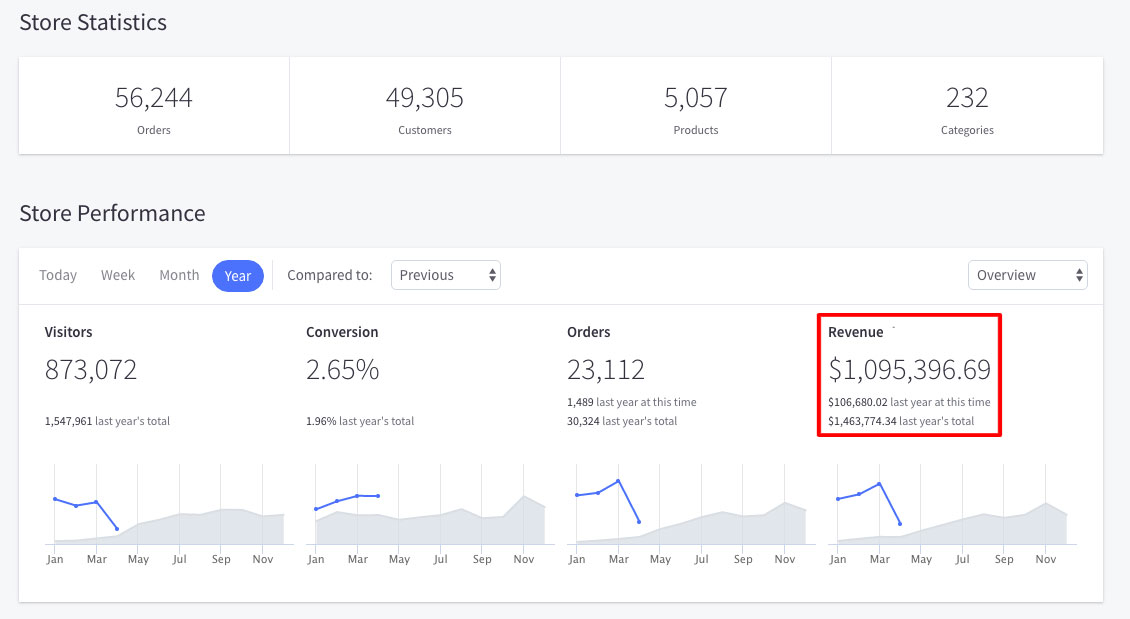
An obvious one you are probably already watching. Ideally you will want to figure out what influences your sales (split by your sales channels) over a given time frame. Try to see if you can identify trends in your sales numbers. Once you’ve identified the trends, see if you can understand why your sales were better or worse during those specific periods.
To help understand your sales trends, consider everything from peak spending periods, social media campaigns and any hot sales you’ve run. During times when sales numbers are lower, see if you can find ways to increase sales. Conversely, knowing when to expect sales can help you plan better and increase sales.
3. Conversion Rate (Sales per Visitor)
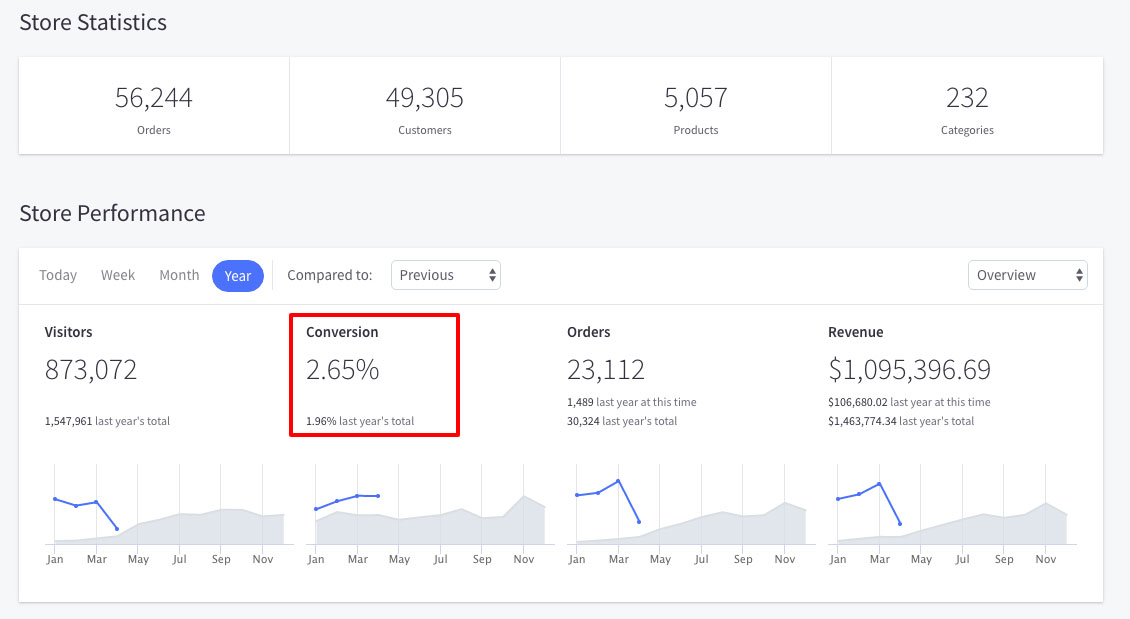
Your conversion rate is the number of sales per visitor. IE what percentage of your visitors will become a customer?
Depending on your business type, your conversion rate may differ, however generally you should expect to see a 2 – 5% conversion rate. In other words, for every 100 visitors to your online store, you should expect to see two to five sales.
Depending on your volume of website visitors, your conversion rate can tell you a few things and give you a good idea where you should be spending your time. For instance; if your visitor numbers are high (and I mean in the hundreds to thousands per day), and conversion rate low (say below 1.25%), it is a good indicator you’re on the wrong path.
Either there is something wrong with your website, perhaps it’s loading slow, or visitors don’t get a sense of trust, or.. and most likely the case; you may need to fine-tune your digital marketing, SEM and/or SEO campaign(s). Remember, people who want your products will buy them (targeted traffic – you want more of these guys visiting your store). And people who have stumbled across your website who are actually there for something else, won’t buy. So in the case of your paid-for SEM and Digital Campaign campaigns, you could be directing the wrong kind of traffic (untargeted traffic) to your website, and be wasting valuable advertising cash attracting people who aren’t actually there to purchase.
4. Best Seller Stock Levels
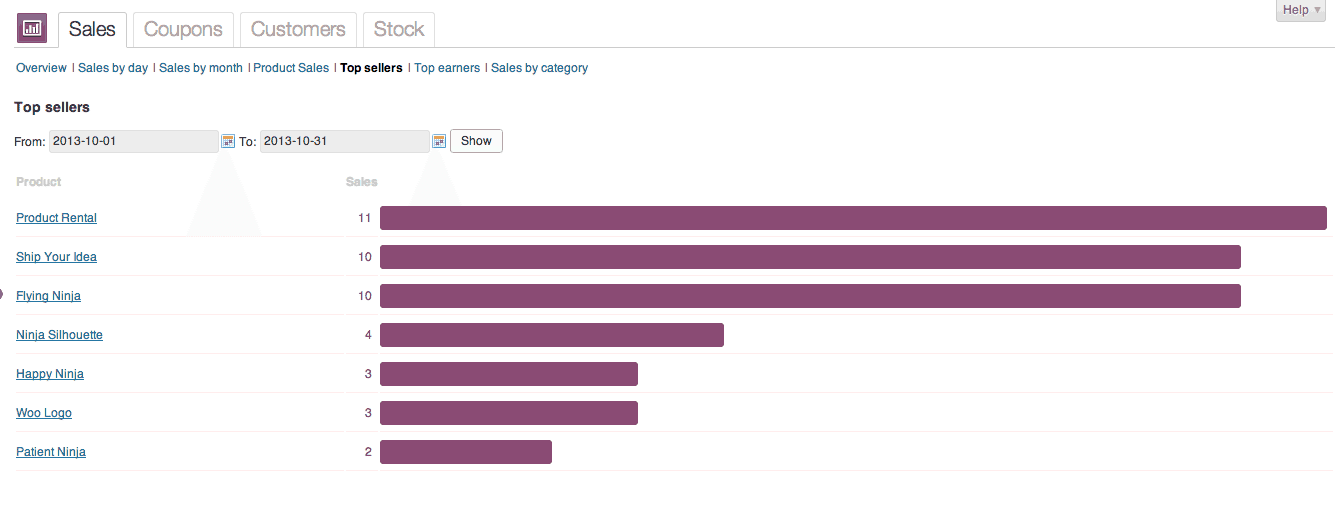
Keep an eye on your best selling product stock levels. It’s often a good stream of revenue and the best way to boost cash flow (a good thing in business). So remember to regularly identify your top selling products, then set low stock level warnings, which will remind you to order (or make) more of your top selling products before they sell out.
5. Average Order Value (Basket Total)
Your store’s Average Order Value (AOV) will depend on the types of products you sell and whether or not you’ve discounted your prices. AOV is the average spend per order. Sometimes also referred to as your “average basket.”
Ideally you want to see this figure going up when comparing with previous periods. It will influence aspects of your business such as profit margins and your ability to absorb things like shipping or packaging cost. By finding ways of boosting your AOV, you will increase your revenue without having to find new sources of traffic. So keep an eye on this one and do your best to improve it.
6. New vs. Returning Customers
A good way to grow your business is to turn new customers into repeat customers. It is generally accepted that existing customers are easier and cheaper to convert into repeat customers than obtaining only new customers. So keep track of your new customers versus returning customers.
A good sign your’re on the right track to growing your business, is by ensuring you always have a good element of returning customers. If not, you may need to look at how you can entice first time buyers into becoming repeat buyers.
Well there you have it, six important metrics to keep monitoring when you first start out with your ecommerce business.
I hope this has been helpful. If you need a hand finding these metrics in your online store’s backend or you need a hand with idenfyting and boosting these metrics in your favour? Just hollar, Go Cart are always happy to assist.
A reminder to sign up to our free mailing list, we regularly post useful website and online store (ecommerce) tips & ideas, like this one. Ciao!
